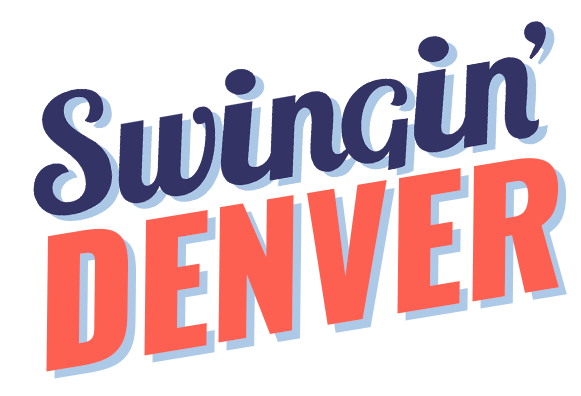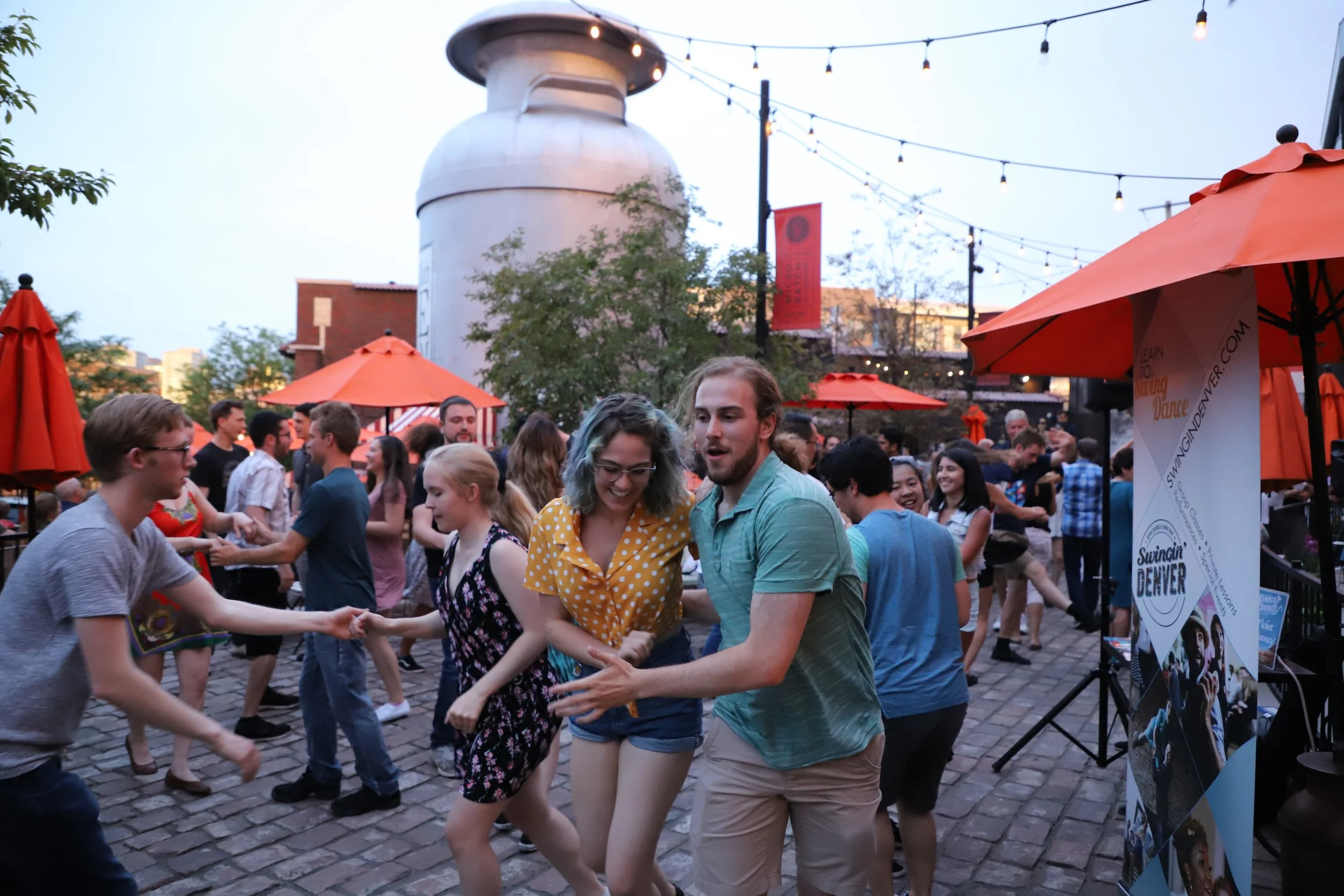One thing I've learned over the years, and this could be why I gravitate toward or value particular teachers, is to provide space for students to find the dance. From Peter Strom - "Many people come absolutely bereft saying 'please tell me what to do.'" And this is a fine place to be. After all, students are coming to learn, start a new hobby, join a community.
It's the teachers' job to teach culture, movement vocabulary, music appreciation and more, and then step aside. This could take the form of playing whole songs for the students to dance to, providing time for students to workshop ideas, or teach patterns that encourage call-and-response from students.
And then provide encourage, shout praise, give a thumbs up, make eye contact and nod "I see you," bring students up to demo what they've accomplished and/or created, or even dance demo what you saw from students as a way of encouraging greater exploration and then quickly turn the music back on.
As I state in the teacher trainings I lead - Lindy Hop is dynamic, full of choices, and ambiguous at times. You just have to believe your students are capable and project that belief to them, so they can believe it to and become independent dancers dancing as themselves.

